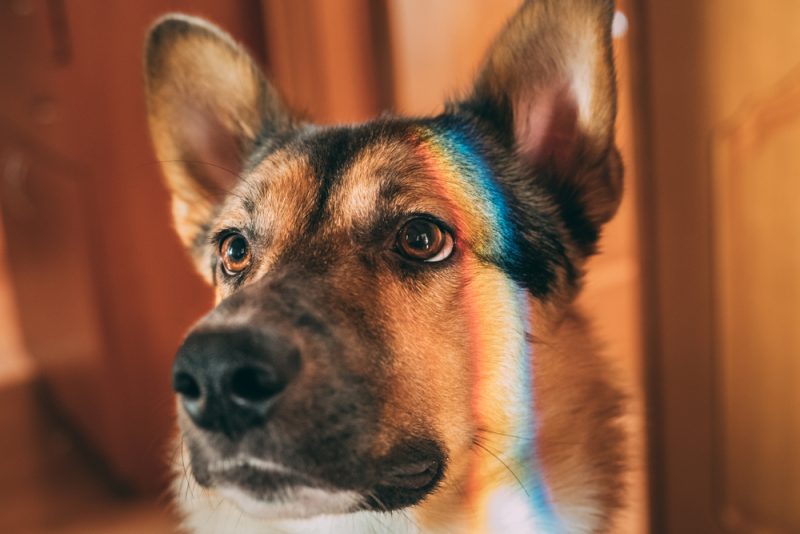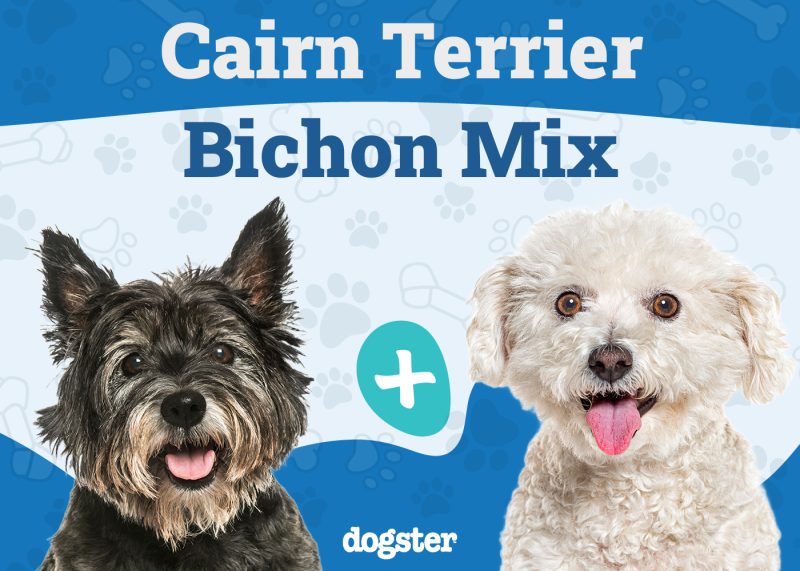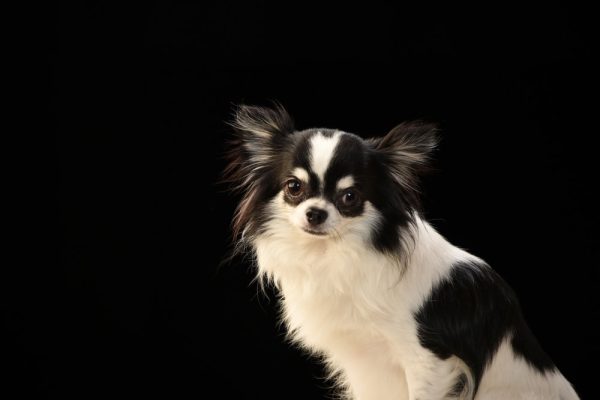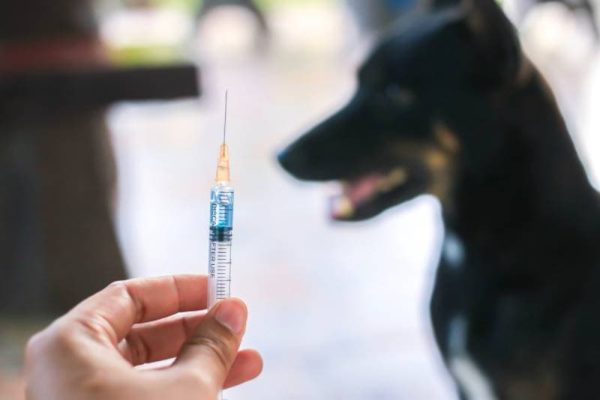In this article
Cocker Spaniels are affectionate, gentle, great with kids, and have remained consistent in their appeal through the years. For such an affectionate breed, one might wonder if it’s reasonable to leave their Cocker Spaniel at home alone. Like all dog breeds, you can leave a Cocker Spaniel alone at home, though the time each dog can be left alone varies and depends on several factors.
Not all dogs are alike, and some Cocker Spaniels might be able to handle being left alone better than others. However, their personality isn’t the only factor which would help you determine how long you can leave your dog alone. Read on as we explore this question in greater detail.

How Long Can a Cocker Spaniel Be Left Alone?
As mentioned above, there’s no precise answer on how long your dog can be left alone, and several factors will likely be at play when it comes to leaving your dog alone. Let’s look at some of these factors.
Your Dog’s Age
A Cocker Spaniel that’s a puppy needs more time, attention, and supervision than a juvenile or adult. This is akin to how toddlers need more supervision than a teenager does. Puppies are more prone to getting into ‘trouble’ when left to their own devices as they’re often not well aware of their surroundings and some of the potential dangers in their environment.
Puppies that are being hand-raised (in the absence of a mother dog) require very consistent attention from their caretakers. In this instance, the younger the puppy is, the more attention they need. For instance, a puppy that’s under a week old might have to be fed every 2 hours or so (including through the night).
Conversely, a puppy that’s 2 months old might be in the process of weaning and could definitely go for a few hours without a meal – however, they would likely be running all over the house and getting themselves in trouble (especially if the house isn’t puppy-proofed).

Your Dog’s Health Status
Your dog’s health status also plays a role in determining how long you can leave them. Dogs with health issues often require more attention, time, and care when compared to healthy, well-adjusted dogs who are used to a routine that involves your absence for a period of time each day (such as when you leave for work).
If your dog is on medication that is very time-sensitive, they may definitely need more frequent interactions with you. In addition, pregnant or lactating dogs, dogs recovering from an ailment or surgery, dogs that are chronically ill, or dogs with behavior issues may not be able to withstand your absence for prolonged periods of time.
Your Dog’s Personality
Your dog’s personality, which is shaped by their experiences, training, environment, management, and care level would definitely play a role in determining how well they can cope with your absence.
Well-trained dogs who are used to a consistent routine may definitely be more accepting of your absence than overly attached dogs who aren’t used to your absence, other people, other pets, and other avenues of self-entertainment in your absence.
Your Dog’s Temperament
Another crucial factor you shouldn’t overlook is your dog’s temperament. Contrary to popular belief, a dog’s temperament and personality aren’t synonyms. While a dog’s personality can be influenced by external factors, their temperament is biological and considered a trait of the breed.
The AKC’s temperament guide describes the Cocker Spaniel as “Equable (calm and even-tempered) not timid. Gentle, smart, happy.”
The description above presents a breed that isn’t prone to being overly attached to their owners (with proper training) and as such, would probably take well to being left to their own devices if they are healthy and well-adjusted.
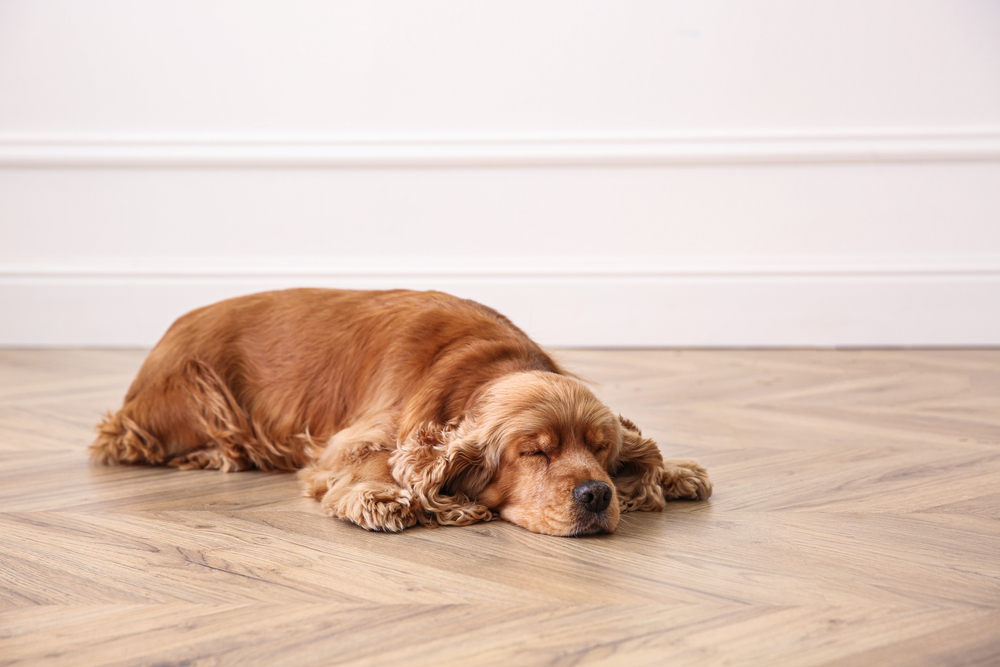

Leaving Your Cocker Spaniel Alone – Duration Guide
The following chart provides a rough approximation of how long you can leave a Cocker Spaniel alone in the following scenarios:
| Dog’s Status | Max Duration to Be Left Alone | Additional Information |
| Puppy, not weaned, orphaned | No more than 1–2 hours | Duration can be gradually increased once puppy is weaned |
| Puppy, not weaned, with a mother dog | No more than 4–6 hours | Mother dog should always have access to drinking water |
| Puppy, recently weaned | No more than 2–3 hours | It’s best to crate train puppies at this age. Should always have access to drinking water, and toys in their crate |
| Juvenile | No more than 3–4 hours | Require frequent training and attention. |
| Healthy adult with no health issues | Around 6–8 hours | Should have access to water in your absence. Need exercise and food before you leave and after you return |
| Any age, with health or behavior issues | Per your vet’s instructions | Follow instructions/guidelines presented by your veterinarian |
| Senior | Per your vet’s recommendations | Dogs at this age might be too “set in their ways” to change their schedule |
| Any age, discharged from a hospital (post-admission or post surgery) | Per your vet’s instructions | Follow instructions/guidelines presented by your veterinarian |
| Female in late pregnancy or with young puppies | No more than 3–4 hours | Female nursing young puppies should be monitored from a safe distance, but shouldn’t be disturbed excessively. |
Your dog should always have access to fresh, clean drinking water at all times (including in your absence). In addition, they should have access to their favorite toys, beds, resting spots, or other avenues of entertainment while you’re away. The space they’re in (such as a room in your house) should be well-ventilated and at an appropriate temperature for your dog.
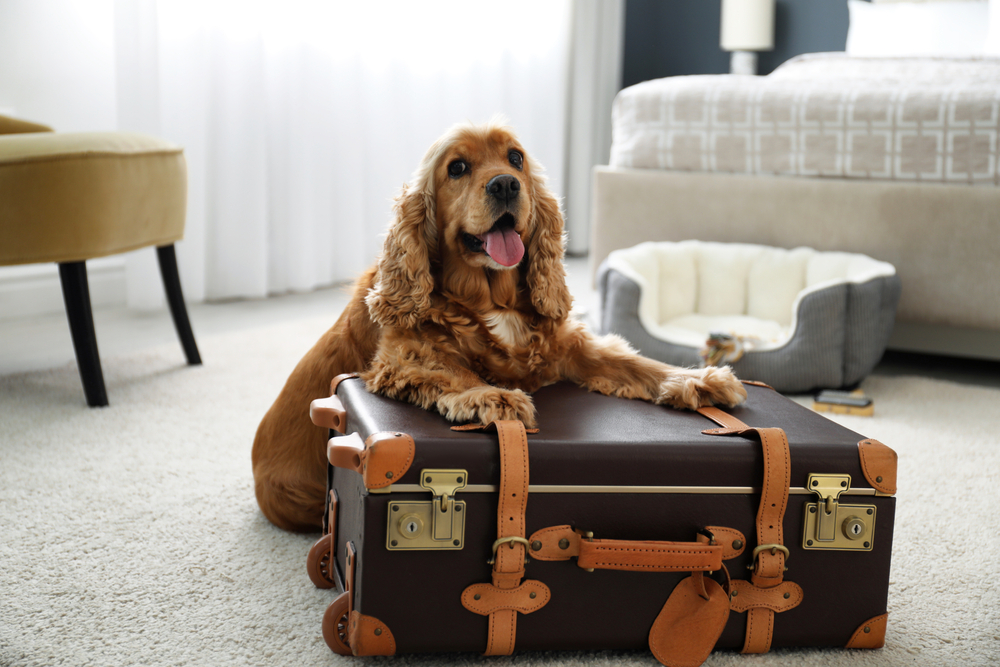
Do Cocker Spaniels Suffer from Separation Anxiety?
Separation Anxiety Syndrome is a behavior condition in which overly attached pets (in this instance your Cocker Spaniel) don’t take well to your absence and show signs of extreme distress when they realize you’ve left them or when they are able to deduce that you might be leaving the house soon. Like any dog, Cocker Spaniels can suffer from separation anxiety.
Dogs most at risk of separation anxiety are those who stay with a single person as opposed to a house consisting of multiple people. In addition, the condition is reportedly more common in neutered (spayed or castrated) dogs than intact dogs.

What Are the Signs of Separation Anxiety in Cocker Spaniels?
Several signs will usually be present if your Cocker suffers from separation anxiety and can’t be left alone at home for long periods. Some of the following will occur before you leave, while others will happen after you’ve left. Also, some Cocker Spaniels may exhibit only one or two signs of separation anxiety, while others will have all of them.
- Barking excessively
- Drooling
- Peeing and pooping on the floor
- Pacing the floor
- Trying to escape
- Destructive behavior (destroying items or furniture)
Please note that these signs are not exclusive to separation anxiety and as such, your dog needs to be properly examined by a veterinarian before it can be diagnosed with this condition. In addition, the list above isn’t exhaustive.

Can You Train a Cocker Spaniel to Avoid Separation Anxiety?
Although there isn’t a specific training method to prevent separation anxiety in Cocker Spaniels, you can do a few things to help your dog in instances of mild separation anxiety. Dogs with a higher degree of anxiety need the input of a professional for proper rehabilitation and training.
1. Expose Your Pet to Being Alone at a Young Age
If you adopt a Cocker Spaniel as a puppy, one of the best ways to reduce the chance of separation anxiety is to train them to be alone right from the start. No, you don’t want to go away the entire day (what a mess that would create!), but leaving them alone for an hour is a great start.
If your pet can handle an hour or two, you can gradually leave them alone for longer periods. You should note, however, that no matter how much you train them, some Cocker Spaniels will still have a problem with being left alone for more than a few hours at a time.
2. Prepare to Leave the House But Stay Home Instead
This may sound silly but it works in some instances. Many Cocker Spaniels will pick up on subtle cues you’re leaving, including putting on your shoes, jangling your keys, and walking toward the front door. When they see these things happen, their separation anxiety kicks in, and the problems start.
To counter this, go through the acts of leaving, including everything you usually do with your keys, coats, shoes, etc. However, instead of leaving, stay home. If you do this often enough, your dog may eventually stop reacting to these cues.
3. Provide as Many Distractions as Possible
This method is also a good one and involves making sure your Cocker Spaniel has lots of toys and other items that will distract them from the fact that you’ve left the house. Some owners play music when they leave, while others turn on the TV.
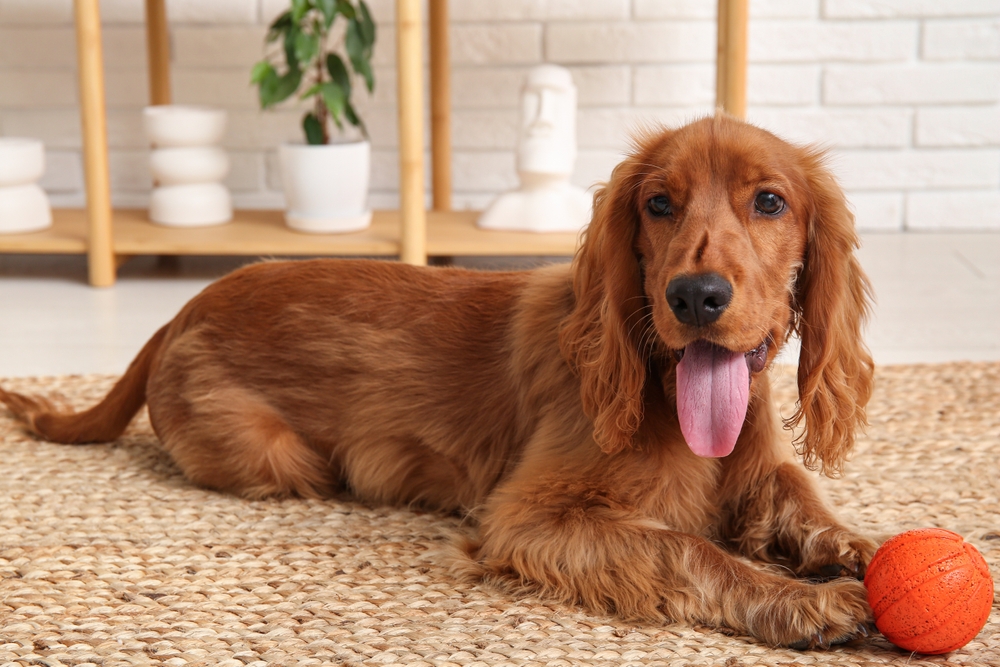
4. Crate Train Your Cocker
Some trainers suggest crate training can reduce separation anxiety in Cocker Spaniels and other dogs. Once they get used to their crate, it will become your pet’s “safe space,” where they feel comfortable and can relax. Crate training should start when your dog is a puppy for the best results. Also, giving your pet their favorite toys when crated is recommended. Your dog’s crate should be large enough for them to comfortably stand, turn around, and lay down in. It should also have space for drinking water, and perhaps their favorite blanket.

Conclusion
Many factors are in play when it comes to how long you can leave your Cocker Spaniel alone. Examples of such factors include their age, temperament, and personality. Generally speaking, a healthy, well-cared-for, trained adult Cocker Spaniel can be left alone for a period of about 6–8 hours with no reason to worry.
If your dog does have issues with being left alone, you would definitely want to explore the issue with your veterinarian to ensure that you’re able to help train your dog to get ready for periods of your absence.
See also:
Featured Image Credit: Alkhaine, Pixabay





